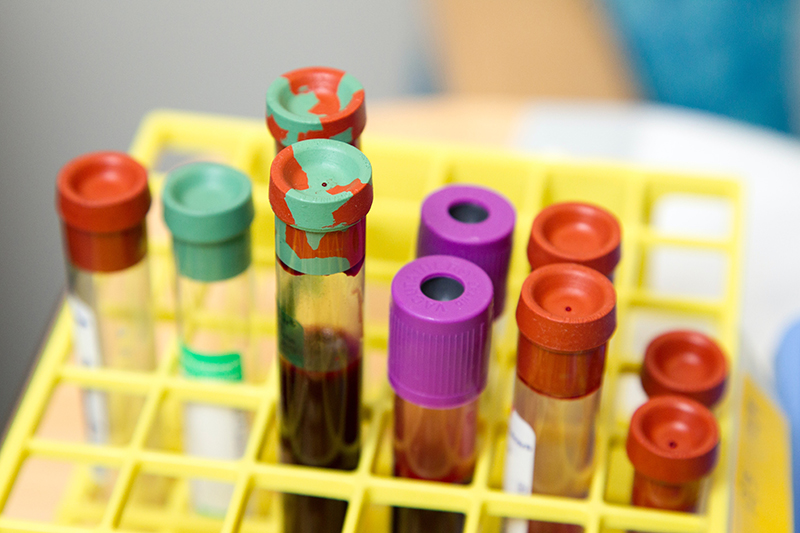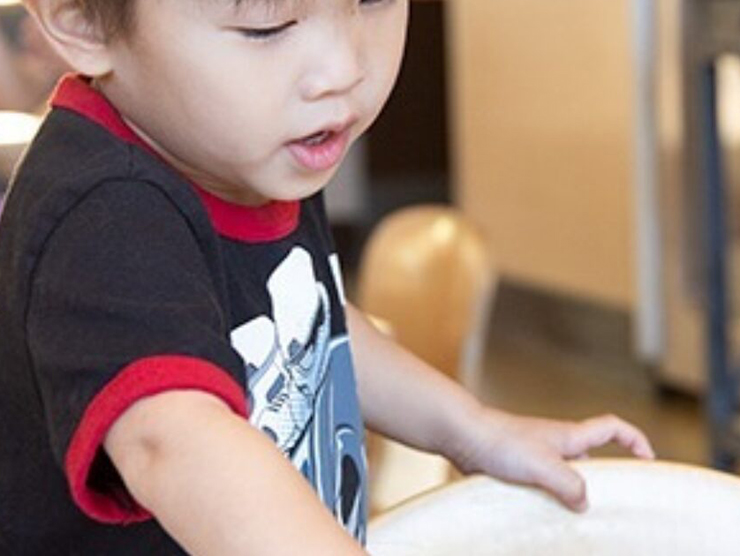Our children, like the children of all primates, are born to explore and survive. They get a little banged up after a few miscalculations, accidents, and normal rough and tumble. But they heal.
Many parents and child care teachers, particularly of infants and toddlers, have trouble allowing children to explore and test their physical powers. All their instincts tell them to catch children before they stumble and protect them from even the slightest scratch or risk of discomfort.
The challenge is to strike a good balance between serious safety concerns and a rich learning environment.
Major Safety Hazards
Young children are susceptible to a host of dangers that can be prevented with a little awareness:
Automobiles
- Driving without a proper car seat
- Driving with a distracted, multi-tasking driver
Drowning
- Bathtubs, pools, standing water over 3 inches
Ingestion (choking, poisoning, internal burns)
- Small objects
- Pills and medications
- Toxic plants and liquids
- Plastic bags and balloons
- Large food pieces (e.g., carrot slices), nuts, popcorn
- Too-hot foods and liquids
Strangulation
- Necklaces or hooded sweatshirts with strings
- Loose bedding and crib furnishings
- Entrapment openings between 3-8 inches
- Hanging cords, ropes, straps, loose netting
Falls from 36 inches or higher or glancing blows:
- Changing tables
- Stairs
- Climbing on storage units, stacked chairs, tables, couches
Falling object
- Unsteady storage units
- Poorly attached wall cabinets
- Equipment with hanging cords
- Heavy items stored on upper shelves
- Desk- and table-top items
Cuts, eye injuries
- Sharp corners and edges on doors, cabinets, furniture
- Sharp objects
- Protrusions that poke (handles on windows, knobs, etc.)
Pinches
- Doors, cabinet doors, car doors, windows
- Rocking chairs or glider chairs
Burns and electrocution
- Electrical outlets, exposed wires
- Hot liquids (tap/bath water, coffee and tea, soup, grease)
- Hot foods (especially uneven heating in microwaves)
Baby and Child Proofing
It's easy to become desensitized to unsafe conditions. Safe settings depend on adults being vigilant about safety concerns:
- Check toys, equipment and furnishing for rough, broken, or unsafe parts.
- Keep in mind that babies will use anything available to pull themselves up to stand, to hold on to while walking, or to climb on. Equipment needs to be secure and heavy enough so that babies cannot cause it to fall.
- Ensure that there are proper surfaces under climbing equipment to cushion falls over 36 inches.
- Cover electrical outlets.
- Make heaters and fans inaccessible.
- Install child-proof railings and banisters on stairs and other raised areas.
- Make sure that medications, purses, cleaning supplies, and other potentially unsafe materials are out of the reach of children.
- Ensure that floor surfaces, both indoors and out, are non-skid, especially in areas that get wet or covered with sand.
- Have places where young infants can safely watch or play safely.
- Observe the environment throughout the day for hazards (e.g., toys on the floor).
- Observe children’s behavior and adjusting the setting to make play safe.
Creating Safe Challenges
It's important to look for ways children can safely explore risks and find exciting challenge. Children are driven by nature to seek challenges; it is how they learn. If there are no challenges, children will create their own acts of daring or experimentation that can result in harm: climbing on countertops, play equipment railings, or roofs; darting in front of swings; squeezing into tight spaces; balancing or jumping off illegal places.
The key is a balance of minimizing hazards while maximizing exploration.
When we Scotchguard children, we rob them of their luster. A full life begins with measured challenges. Bump by bump, bruise by bruise, scratch by scratch, and yes, emergency room visit by emergency room visit, children can grow into the full human beings they were destined to be.
- SafeKids.org advocates for preventing childhood injuries at home, at play and on the way
- Nourish Mom shares her struggle to find the balance between safety and exploration with her daredevil toddler in Bumps, Bruises and Stitches on our blog
- BabyCenter offers additional advice for childproofing the house
- Our community parents offer advice about the safety of crib bumpers as well as managing a toddler who climbs





